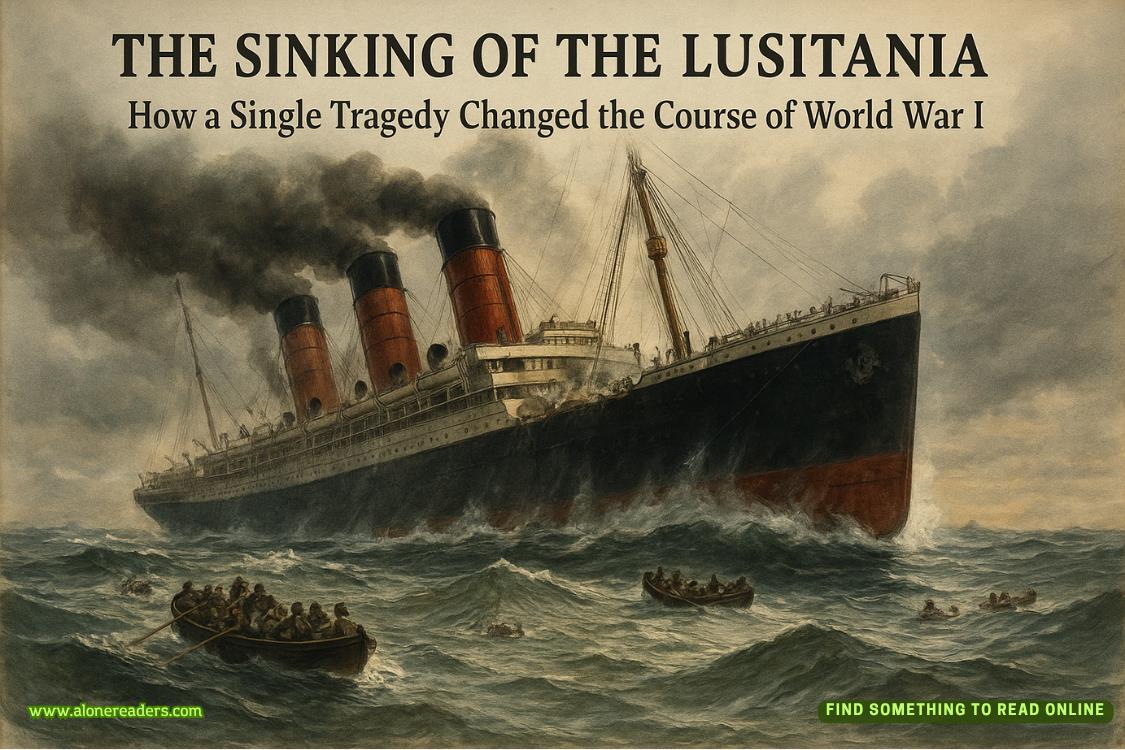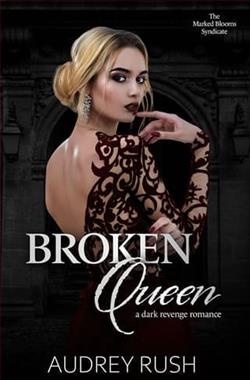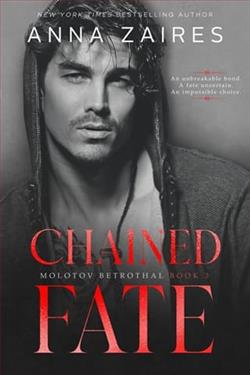Page 7 of Dead Beside the Thames
Stokes snorted and left him, knowing O’Donnell would use the time to see what he could learn from the other sergeant.
On his way down the stairs, Stokes felt a damp chill envelop him. This close to the river, any subfloor level was inevitably dank and cold, a fitting place to store the remains of the dead pulled from the river’s embrace.
Steeling himself against what he would see and smell, Stokes pushed through the morgue’s door. A quick scan of the three steel tables revealed that only one—the last in the row—was occupied. He’d been told that Findlay was the examiner on duty, which was something of a relief.
At the sound of Stokes’s steps, the grizzled veteran medical examiner looked up from where he sat at a desk in one corner, then lumbered to his feet. “Stokes.” Findlay nodded a greeting, but didn’t offer to shake hands; few medical examiners did. Findlay tipped his head toward the shrouded form occupying the third table. “Heard you’d been given this one.”
“Unfortunately for me,” Stokes said. “It seems he’s a marquess’s heir.”
“Oh-ho!” Findlay, whose girth was considerable, waddled to the table. “The plot is therefore thick to begin with.”
Stokes had to smile. “So, what can you tell me? Dare I hope for an open-and-shut case?”
Findlay snorted. “With the nobs involved, what’s the likelihood, heh?” He lifted the sheet and gently drew it all the way back to reveal the naked form of a very large and powerfully built man.
Taking in the full measure of the victim, Stokes silently whistled. “You said he was strangled. How the devil did anyone manage to strangle him?”
“That’s the mystery, heh?”
Studying the corpse, Stokes moved to stand at its feet. He shook his head. “If it wasn’t for the haircut and perhaps the features, I’d peg him for a Limehouse brawler.”
Findlay grunted. “And I wouldn’t argue. But the cards in his card case, which were wet but printed, so the ink didn’t run, say otherwise.”
Stokes glanced up. “Anything else in his pockets?”
“Two letters, which were sodden and useless, and several pounds’ worth of coins.” Findlay tipped his head toward the desk. “They’re ready for you to take.” When Stokes continued to frown at the dead man, Findlay added, “Given the way his clothes and boots fitted, they were made for him and by thebest makers in town. If he isn’t this viscount, he’s nevertheless someone from that level of society.”
Stokes grimaced. “The description I have of Viscount Sedbury is of a great hulking brute of a man.”
Findlay waved at the table. “They don’t come much more hulking than this. Sounds like Sedbury is, indeed, your victim. That said, we’ll need formal identification by a family member.”
Stokes sighed and nodded. “I’ll have someone arrange it.” He glanced at Findlay. “So, what can you tell me about how he died?”
Findlay tugged one earlobe. “Well, he was definitely dead before he hit the water—no trace of the river in his lungs. And if you look here”—Findlay pointed to marks about the corpse’s neck—“you can see that he was strangled. The hyoid bone is broken, which would have required considerable force. Given the victim’s size, musculature, and rude health, that suggests that, realistically, the murderer must be equally large, at least as tall, and at least as strong. In my opinion, you’re looking for someone even stronger. It would have taken enormous strength to manage this man’s weight while actively strangling him.”
Stokes tried to imagine that. “Could he—our victim—have been subdued before being strangled? I mean by being knocked over the head or drugged or rendered unconscious in some way?”
Findlay nodded approvingly. “An excellent question, but the answer is no, or rather, not exactly. I’ve made a thorough examination and can find no hint whatsoever of inebriation or injury that might have rendered him unconscious. However”—he pointed to a large bruise darkening the bridge of the corpse’s nose and one cheekbone—“that was done close to the time of death. I seriously doubt it knocked him out, but likely it would have stunned him for an instant. But nothing more. I say that because of the bruises and abrasions on his knuckles andthe scrapes on his neck.” Findlay picked up one flaccid hand and pointed at the damage. “Both hands. See? The marks are consistent with him putting up a fight. Quite a fight. And here”—Findlay set down the hand and pointed to marks scored in the skin of the corpse’s neck—“he scrabbled desperately hard at the noose, as it were. He didn’t die easily.” He looked at Stokes. “If I had to guess, I would say your murderer should be sporting bruises at least and perhaps scrapes on his face and hands.”
Stokes tried to imagine the scene. “So our murderer and Sedbury meet and…”
Findlay accepted the invitation to hypothesize. “At some point in the ensuing discussion, our murderer hits Sedbury in the face, stunning him for just long enough to loop a piece of leather around his neck. Sedbury struggles and fights, yet is nevertheless strangled.”
Stokes frowned. “Piece of leather?” He’d never heard of a leather garrote.
Findlay beamed. “Yes! That’s the single most interesting feature of this death. Look here.” Findlay pointed to the strap-like mark that crossed Sedbury’s thick neck. “I’d swear the man was strangled with a length of finished leather—either a whip or a rein. If you look closely, you can see that whatever it was had smoothed edges, and given the slight tapering in the width of the mark, my money’s on the thong of a whip as the murder weapon.”
Stokes peered at the mark on Sedbury’s neck and couldn’t fault Findlay’s reasoning.
“Mind you,” Findlay said, “that’s even more remarkable because leather has at least a little give. Strangling someone with a leather strap would take even greater strength than doing the same with a rope or cord.”
Stokes straightened. “So our murderer is remarkably strong.”
Findlay nodded. “It might seem bizarre, but I truly believe you have a whip as your murder weapon.”
Stokes grunted. “Sedbury was a whip collector.”
“Was he?” Findlay looked at the corpse anew. “The odd choice of weapon might be relevant, then.”















